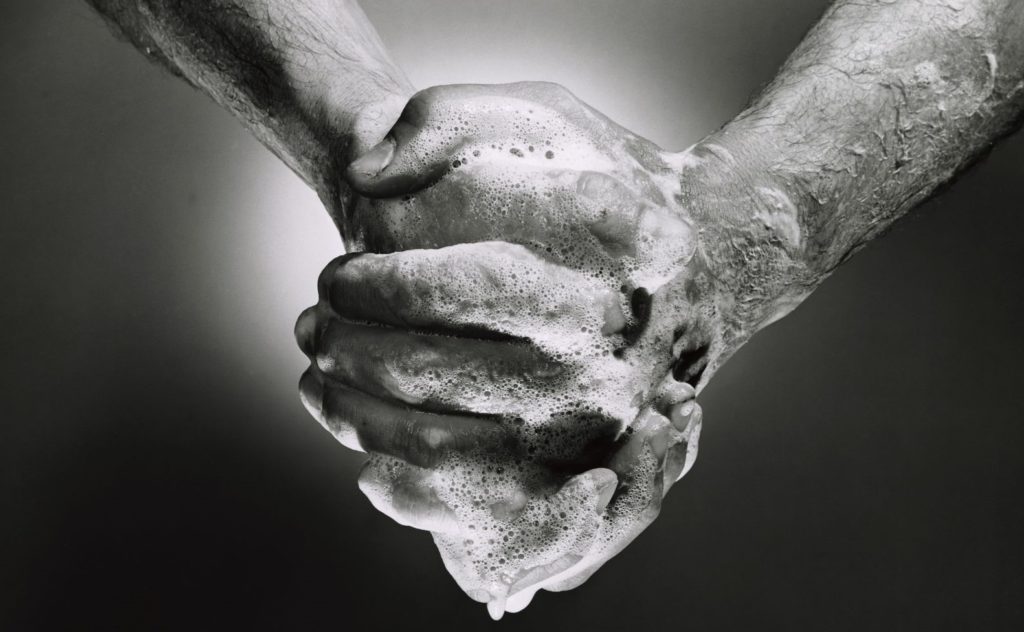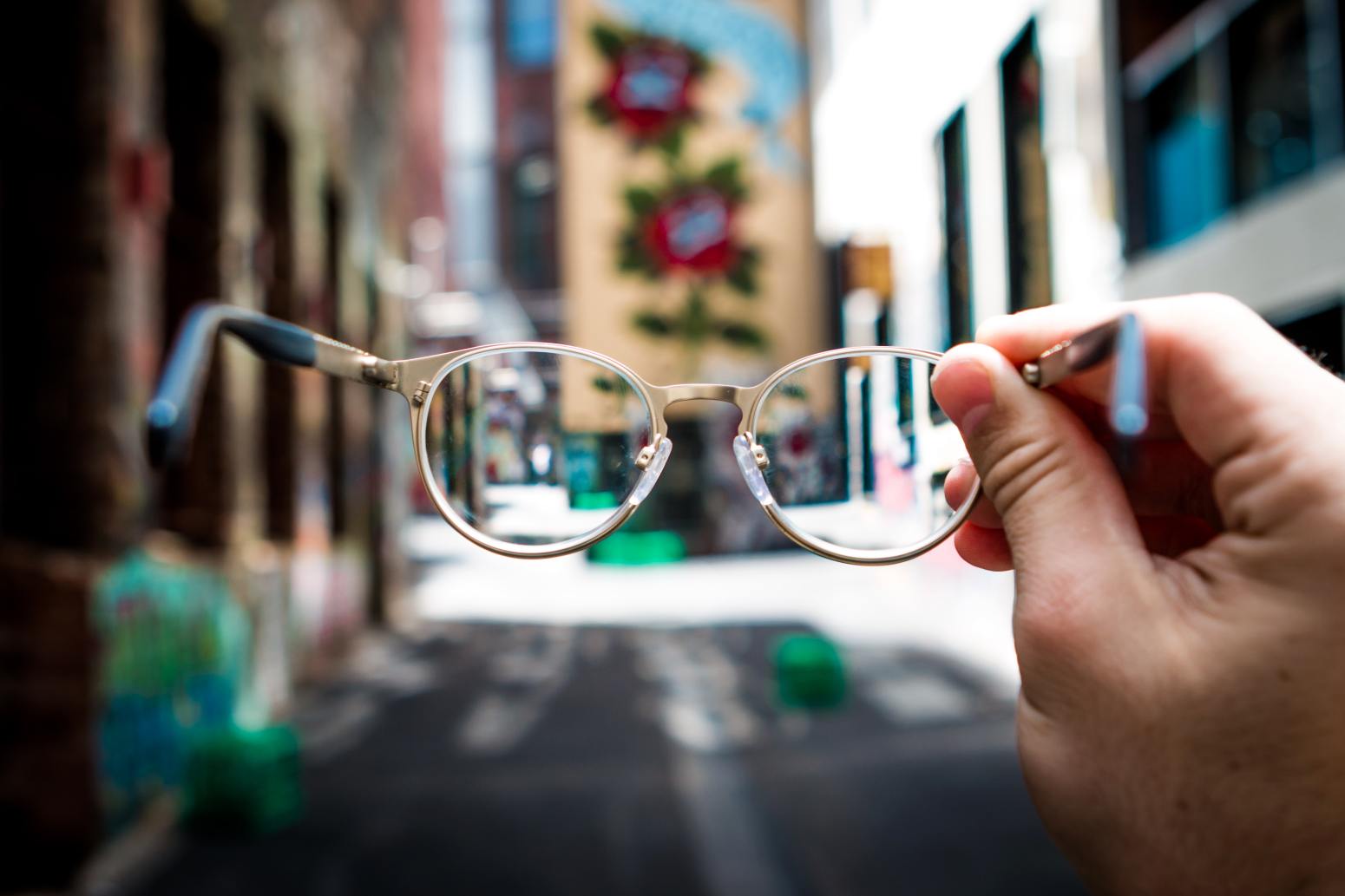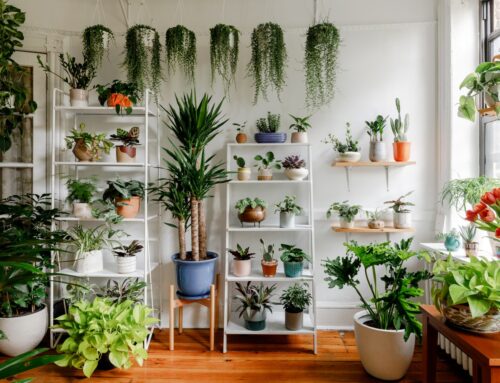2020 was the beginning of a new decade. For all of us, it was an opportunity for a new start. With a hopeful attitude, we set goals and plans for the upcoming year. We were filled with hope and motivation until we were introduced to Coronavirus, also known as COVID-19. The virus began in Wuhan, China in December 2019, rapidly spread among neighbors and friends, countries and continents, infected 199 countries and territories by January 2020.
However, one thing that spreads faster than the disease itself is the fear and anxiety concerning the topic, causing people to spread lots of information about the pandemic that isn’t always accurate. Now, it is hard to distinguish between facts and misconceptions regarding the Coronavirus.
Here are 8 of the main myths floating around which we all should be aware of:
1. It is not a New Disease
This virus was discovered decades ago. The family of viruses, which COVID-19 takes a part of, was discovered as early as the late 1960s. It first was seen in the form of a respiratory infection that was common among children. Later, the virus took on many forms such as SARS-CoV (short for “Severe Acute Respiratory Syndrome Coronavirus”) in 2003, Human Coronavirus HCoV NL63 in 2004, Human Coronavirus HKU1 in 2005, and MERS-CoV (Middle East Respiratory Syndrome-Related Coronavirus) in 2012.
2. Corona is not Man-Made
A common misconception is concerned with the initial creation of the virus. Many think the virus was accidentally produced in a lab back in China. However, researchers proved that the family of coronavirus disease is found in animals, infecting humans who come in contact with them.
3. Saline, Garlic, and Sesame Oil can’t Prevent Coronavirus Infection
According to the World Health Organization WHO, rinsing your nose with saline will not protect you from getting the virus (5). Nor will consuming garlic or sesame oil. Instead of relying on these tales, the health organization suggests to wash your hands frequently with soap or alcohol-based hand sanitizer, maintain social distancing of at least 3 feet, avoid touching the face area with your hands, and practice respiratory hygiene by covering the mouth and nose area with a bent elbow or a tissue while coughing or sneezing.
4. The Truth Behind our Facemasks
According to the CDC, people are advised to wear a cloth face covering when they go to public places. Many think it will prevent them from getting the virus. However, most of us are wrong. Instead of protecting us, it prevents the spread of the virus from the wearer of the mask to his surroundings.
5. Soap VS. Sanitizer

Soap is the best sanitizer in the market. It significantly reduces the amounts of germs and bacteria found on your hands, which cause illnesses and infections. Alcohol-based hand sanitizer does this function limitedly. Unlike soap, sanitizer doesn’t kill all types of germs, leaving a variety of parasites and chemicals, stomach bug called Norovirus, and Clostridium difficile, which causes diarrhea. Click here for details.
6. It is not a “Chinese Virus”
As mentioned previously, Coronavirus was initially found in Wuhan, China. This fact caused a lot of controversy and discrimination towards Asians, followed by many harassment and assault cases. In the United States, individuals reported 650 cases of racist attacks in the past week. The term “Chinese Virus” caused many Americans to assume that any contact with the Asian population living in America, their food or products will cause the spread of the virus. This statement is highly incorrect, causing a high number of Asian-Americans to feel threatened.
7. Coronavirus is not Ageist
The virus doesn’t care how old you are. Although the generation of 65 years old and older are at a higher risk to get sick, it doesn’t eliminate the risk from the rest of the population. A member of any generation who is pregnant or suffers from lung disease, liver disease, heart conditions, cancer, obesity, or diabetes is in the same high-risk group as their elderly family members. The link provides details for extra precaution to be taken. Some cases worldwide show that even members outside of the group risk may be affected by the virus and lose their life. One case was found in England: a perfectly healthy 18 years old died from Coronavirus. Other cases of healthy individuals in their 30s and 40s are now struggling to stay alive.
8. Coronavirus is not a Death Sentence
People are terrified by the number of deaths caused by Coronavirus. However, this horror can be controlled with a simple comparison of the number of deaths to the world’s population. In Canada, 59 people lost their life due to the virus, making it only 1% of all the confirmed cases. In the United States, a maximum death rate among the high-risk group (ages 65 and older) was 38%. The death rate falls dramatically with the decrease of age; people between the ages of 55 to 64 had only 1% to 3% cases of death, less than 1% for people between the ages of 20 to 54, and no death cases for 19 years old and less.
Whether it’s good or bad news, the end of the world is not here yet. Instead of spending quarantine worrying about wrong fact, use this time to finish your Netflix library, learn how to cook, get a hobby and prepare your goals and dreams for 2021. It can’t be worse than 2020.






